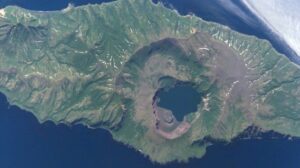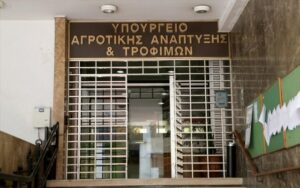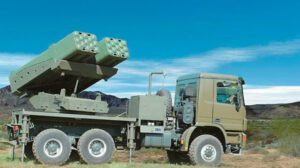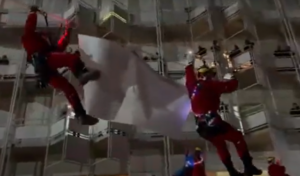Ending the mystery of the location of the volcano that erupted in 1831, scientists have put an end to the mystery by locating it in a 59-kilometer area between Russia and Japan.
The volcano had carried out a violent eruption, to the point of freezing the planet Earth. The consequences were incalculable, as crops failed and people starved. But no one could pinpoint the location of the volcano.
The location of the volcano could not be determined.
Now, a team of scientists led by volcanologist William Hutchison of the University of St Andrews in the United Kingdom has solved the mystery by analyzing ash from the eruption that had been trapped and preserved in the Greenland ice sheet. The volcano was Zavaritskii on the island of Simushir, part of the Curonian Islands archipelago.
Similar the chemistry of ash fragments
Hutchison and colleagues compared the chemistry of microscopic ash fragments from Greenland ice cores with samples from the caldera of the Zavaritskii volcano and found that they were similar.
“Finding the volcano took a long time and required extensive collaboration with colleagues from Japan and Russia, who sent us samples collected from these remote volcanoes decades ago,” the researcher said.
The scientists discovered evidence of what is known as the Pliny eruption, which resembled the Vesuvius eruption. A closer examination of tiny volcanic glass fragments recovered from Greenland ice showed an exact match with samples from Simushir.
Remote volcanoes need to be studied
The team estimates that the volcano spewed so much sulfur dioxide into the stratosphere that average annual temperatures in the Northern Hemisphere dropped by about 1 degree Celsius. Volcanoes often continue to remain active for centuries. The team’s findings suggest that remote volcanoes need to be studied and monitored more carefully.
“There are so many volcanoes like this, which underlines how difficult it will be to predict when or where the next large-scale eruption might occur,” the researcher said.
“As scientists and as a society, we need to think about how to coordinate an international response when the next big eruption like the one in 1831 happens.”
The research was published in the journal Proceedings of the National Academy of Sciences.
Ask me anything
Explore related questions





